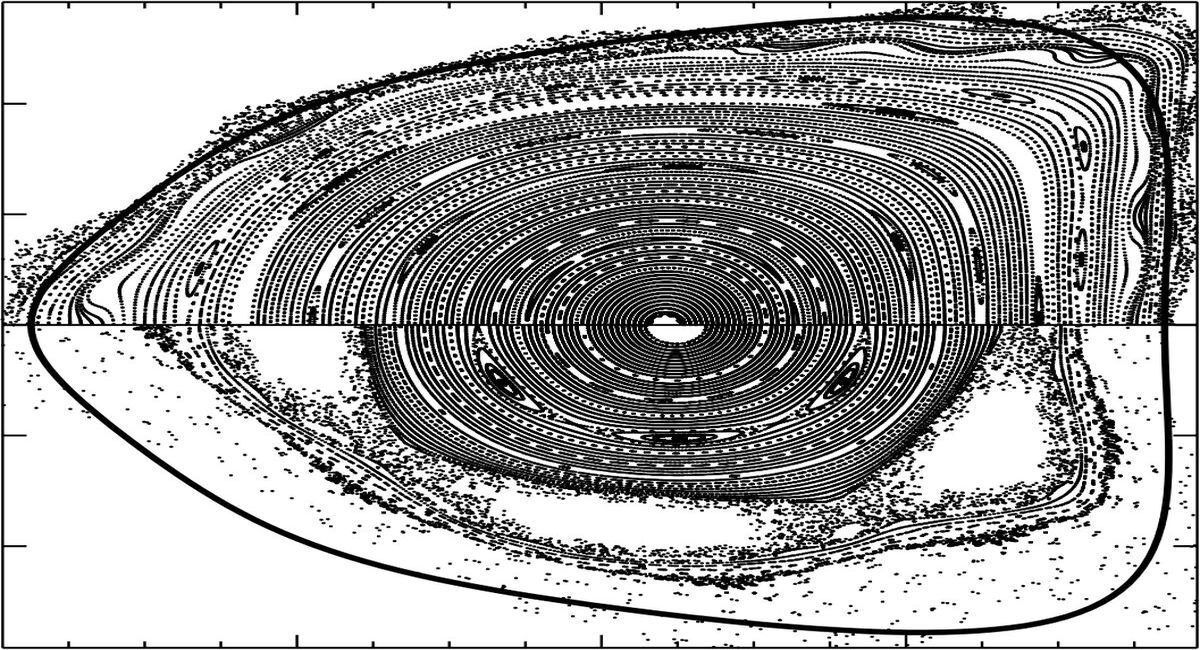
Magnetohydrodynamics (MHD) might sound like a mouthful, but it's a fascinating field that combines magnetism and fluid dynamics. Imagine controlling liquids with magnets! This science helps us understand how magnetic fields interact with electrically conducting fluids like plasmas, liquid metals, and saltwater. MHD plays a crucial role in many areas, from astrophysics to engineering. Ever wondered how the sun's magnetic field affects solar flares? Or how scientists design better cooling systems for nuclear reactors? Magnetohydrodynamics holds the answers. Let's dive into 22 intriguing facts about this captivating subject and see how it shapes our world in unexpected ways.
Key Takeaways:
- Magnetohydrodynamics (MHD) studies how electrically conducting fluids, like plasmas and liquid metals, behave under magnetic fields. It has diverse applications, from nuclear fusion to space science.
- MHD involves complex interactions between fluid motion and magnetic fields. It's used in nuclear fusion, astrophysics, metallurgy, and even in understanding the Earth's magnetosphere.
What is Magnetohydrodynamics?
Magnetohydrodynamics (MHD) is the study of the dynamics of electrically conducting fluids like plasmas, liquid metals, and saltwater. It combines principles from both magnetism and fluid dynamics to understand how these fluids behave under the influence of magnetic fields.
-
Magnetohydrodynamics is a blend of the words magneto (magnetic), hydro (water), and dynamics (movement).
-
The concept was first introduced by Swedish physicist Hannes Alfvén in 1942.
-
MHD is used to describe phenomena in both natural and man-made systems, from the sun's corona to nuclear fusion reactors.
How Does MHD Work?
Understanding the mechanics behind MHD can be fascinating. It involves complex interactions between magnetic fields and fluid motion.
-
In MHD, the movement of a conducting fluid generates electric currents, which in turn produce magnetic fields.
-
These magnetic fields can influence the fluid's motion, creating a feedback loop.
-
The governing equations for MHD are a combination of the Navier-Stokes equations (fluid dynamics) and Maxwell's equations (electromagnetism).
Applications of MHD
MHD has a wide range of applications, from industrial processes to space science.
-
One of the most well-known applications is in nuclear fusion reactors, where MHD helps control plasma behavior.
-
MHD is also used in astrophysics to study the behavior of cosmic plasmas, such as those found in stars and galaxies.
-
In metallurgy, MHD can be used to stir molten metals, improving the quality of the final product.
MHD in Space Science
Space science heavily relies on MHD to understand various cosmic phenomena.
-
Solar flares and coronal mass ejections are studied using MHD principles.
-
The Earth's magnetosphere, which protects us from solar wind, is another area where MHD is applied.
-
MHD helps in understanding the behavior of plasma in the interstellar medium.
Challenges in MHD
Despite its usefulness, MHD comes with its own set of challenges.
-
One major challenge is the complexity of the equations involved, making them difficult to solve analytically.
-
Numerical simulations are often required, which can be computationally expensive.
-
Experimental validation of MHD theories can be challenging due to the extreme conditions often involved.
Future of MHD
The future of MHD looks promising, with ongoing research and new applications being discovered.
-
Advances in computational power are making it easier to simulate MHD phenomena.
-
New materials with better conductive properties are being developed for use in MHD applications.
-
MHD is being explored for use in advanced propulsion systems for spacecraft.
Fun Facts about MHD
Here are some interesting tidbits about MHD that you might not know.
-
The concept of MHD was inspired by the behavior of the Earth's molten core, which generates our planet's magnetic field.
-
MHD generators have been proposed as a way to convert thermal energy directly into electrical energy.
-
Some fish, like the electric eel, use principles similar to MHD to generate electric fields.
-
MHD can be used to create "liquid magnets," which are fluids that can be manipulated using magnetic fields.
The Power of Magnetohydrodynamics
Magnetohydrodynamics (MHD) is a fascinating field blending magnetism and fluid dynamics. It’s not just theoretical; it has practical applications in spacecraft propulsion, nuclear fusion, and even medical imaging. Understanding MHD helps us harness the power of plasma and liquid metals in ways that can revolutionize technology.
From solar flares to fusion reactors, MHD plays a crucial role in many natural and engineered systems. It’s a field that continues to evolve, offering new insights and possibilities. Whether you’re a student, a scientist, or just curious, diving into MHD can open up a world of scientific wonders.
Keep exploring, stay curious, and who knows? You might just contribute to the next big breakthrough in this exciting field.
Frequently Asked Questions
Was this page helpful?
Our commitment to delivering trustworthy and engaging content is at the heart of what we do. Each fact on our site is contributed by real users like you, bringing a wealth of diverse insights and information. To ensure the highest standards of accuracy and reliability, our dedicated editors meticulously review each submission. This process guarantees that the facts we share are not only fascinating but also credible. Trust in our commitment to quality and authenticity as you explore and learn with us.
